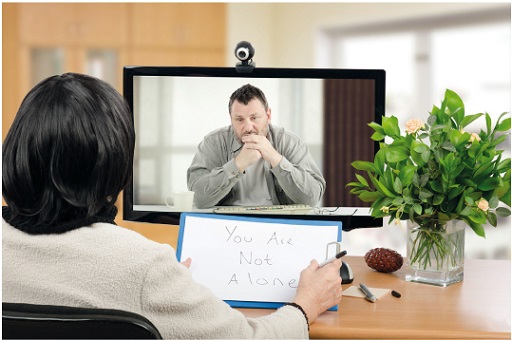1 Changing professional practice
Technology is changing professional practice in a vast number of ways. For example, diagnostic technologies enable some tests to be performed rapidly and in a less invasive manner than previously, such as a fingerprick test, in which the results are produced within a few minutes and do not need to be sent off to a lab (Jones et al., 2016). These changes mean that patients have less waiting and inconvenience than in the past, but they also signify that professional practice has changed. In the example of the fingerprick test, we can see that a health and social care worker may need to be aware of these changes, and some may have to offer and support these new diagnostic tests (for example, a practice nurse or doctor at the GP surgery, pharmacists). Carers may also have to understand and engage with these new technologies.
In fact, new technologies have implications for many health and social care workers, including:
- understanding the purpose and value of the technology to the care being provided
- understanding the technology and how to use it
- understanding any results or monitoring from the technology
- understanding how to act on and share information from the technology to other team members who are involved in care
- explaining and communicating about the technology and its results to patients or service users
- trusting the technology and its processes and results.
Technology can also have an impact on how social care and care in community settings is being offered as well as changing some job roles and aspects of care jobs. For example, art or music therapy can be delivered via technology, and psychosocial support and therapy groups can also be offered at a distance (Lorenz et al., 2019). Care professionals working in these roles will have to learn to use technology and provide care in new ways.

In the first activity, you will learn more about the ways in which technology will change professional practice.
Activity 1 The rise of technology in care
a.
1. Service users may want to be assisted by a human rather than a machine.
b.
2. There isn't a clear moral or ethical framework for using technology in care.
c.
3. Machines and robots are expensive.
d.
4. Some people may feel uncomfortable with technology or have a 'fear of tech'.
e.
5. Professionals may lose their jobs to machines or robots.
f.
6. Machines can be used to keep an eye on workers by monitoring them such as when and where they turn up to work.
g.
7. Technology is time-consuming to learn to use.
The correct answers are a, b, d, e and f.
In addition to transforming care for patients and service users, technology has the power to change professional job roles and duties as health and social care professionals are increasingly being expected to incorporate technology in the care they offer. In the next section, you will learn more about what those changes to job roles might be like in greater detail.
